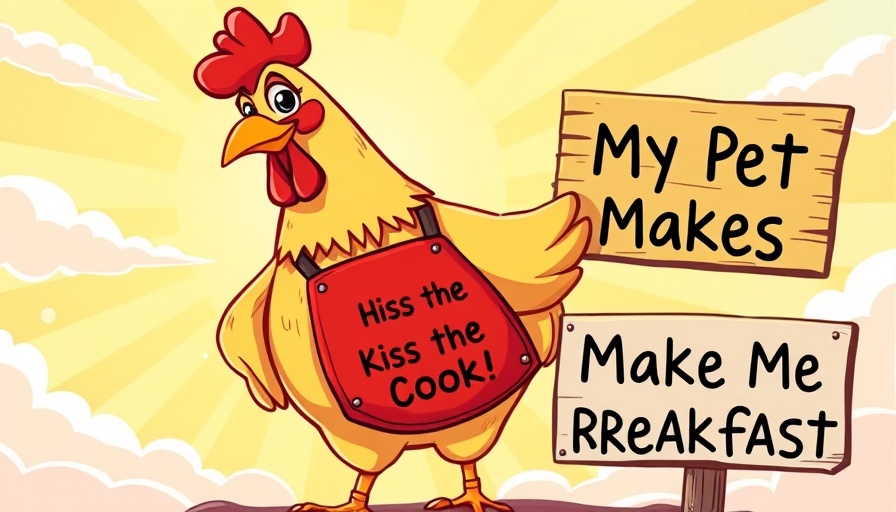
The Importance of Electrolytes in Avian Health
For poultry owners, maintaining optimal health in their birds is a priority, especially when it comes to conditions that could lead to dehydration. Electrolytes like sodium, potassium, and chloride play a crucial role in maintaining proper muscle function and overall hydration in chickens. Products like Rooster Booster Electrolytes are designed specifically to replenish these essential minerals in chickens during times of stress, illness, or hot weather.
Key Benefits of Using Rooster Booster Electrolytes
Rooster Booster Electrolytes offer a variety of benefits that can enhance the health of your flock. By providing a quick way to hydrate, these electrolytes can help prevent the common effects of heat stress, such as lethargy and decreased egg production. The convenience of administering these electrolytes can also improve feed intake during times of illness or dietary transition.
How to Incorporate Electrolytes into Your Flock’s Routine
Incorporating Rooster Booster Electrolytes into your chickens' routine is straightforward. It can be added to their drinking water or mixed with feed, ensuring that all birds receive adequate hydration. However, keep in mind the importance of not overdoing it. Following the recommended dosage is crucial to avoid electrolyte imbalances.
Investing in Your Flock’s Future
By understanding the pivotal role electrolytes play, poultry owners can make informed decisions that foster a healthy environment for their flock. Regularly using electrolyte supplements during stress or illness can ultimately lead to a more resilient and productive poultry operation.
 Add Row
Add Row  Add
Add 




Write A Comment